Tanks
Wheeled Vehicles
Self-Propelled Guns
Unarmored Vehicles
Prototypes & Projects
- AMX Chasseur de char de 90 mm (1946)
- Batignolles-Châtillon 12t
- Bouffort Tractor Tank Conversion
- Chasseur de Char de 76.2mm AMX sur châssis R35 (Front-Facing Proposal)
- Chasseur de Char de 76.2mm AMX sur châssis R35 (Rear-Facing Proposal)
- Chasseur de Char de 76.2mm AMX sur châssis S35
- ELC EVEN
- ELC EVEN with 120 mm Recoilless Rifles
- FCM 12t
- Giacomini Tank
- Lorraine 40t
- Spähpanzer 1C
- Voisin CA 11 Amphibious Light Tank
- Wieczorek Engin blindé de combat (EBC) and Engin blindé de combat lourds (EBCL)
Fake Tanks
- Batignolles-Châtillon Bourrasque (Fake Tank)
- Lorraine 50t (Fake Tank)
- Panhard EBR 105 (Fake Tank)
- Projet Tigre (April Fools)
Technology
Under the experience of world war two
WW2 for the French armor was not truly a parenthesis. From September 1939 to the surrender of June 1940, hundreds of tanks and armoured cars already fought, but this story was not over yet. With the dubious neutrality of the Vichy Regime, some French forces (including armour) were found fighting allies in North Africa (US and British troops) and in Syria (Australians) with mostly colonial, largely obsolete vehicles. On the other hand, the Free French forces were rearmed with a mix of matériel or various origin, French, British in 1941, and after 1942, mostly US armour. The famous 2nd DB (“division blindée) of gen. Philippe Leclerc de Hautecloque (which left his name to the modern French MBT) was entirely equipped with M4 Shermans, with some M10 Wolverine tanks destroyers in support and organic M8 Greyhound ACs for reconnaissance. Tactics were also streamlined under allied command, to the model of allied mobile warfare developed during the war to counter German own’s tactics.
The modern tank force of the postwar French army was largely inspired by this wartime experience, at the antithesis of many prewar concepts largely centered around trench warfare, although the originality of some concepts like the particular rôle of well-armed reconnaissance units transpired in post-war conceptions. In short, prewar French tanks were slow, very well protected and well armed. After the war and until the 1970s, French tanks were generally very fast, if not the fastest around, well armed, but poorly protected. One can see immediately what such a radical and total reverse in tank design could have of pernicious.
Clandestine developments
One history not well known was the pursuit of the tank development in France during the war, all clandestine, in the hope one day France could be able to produce these and help the allied effort. These “hidden” tanks were of several types, still largely inspired by prewar models, but integrating lessons from the recent campaign of 1940 which saw the biggest tank battles at this stage in the war.
One of the earliest was the AMX-40. Not really “clandestine” as first because it was studied in March 1940, during the so-called “phoney war”, but with some interesting features that would be influential for later designs. It was to be equipped with a 160 hp diesel, for 20 tons, a two-man turret which left the commander less overburdened, and the same 47 mm SA39, with a mostly cast hull and turret. Moreover, it had only four large roadwheels per side, like a shortened T-34. This was the planned successor for the Somua S-35/S-40, but the quick defeat prevented any exploitation of the design. Plans were nevertheless advanced enough for building a detailed mock up and plan a production.
The ARL Tracteur C was a heavy tank design to assault fortifications. Plans and a detailed real size mock up were built prior to June 1940. It was planned with a frontal 120 mm sloped armour. The first true clandestine design was the SARL 42 in 1942, by the Lavirotte Team. Plans were drawn of a 75 mm armed tank with some interesting features like the turret which was equipped with an advanced stereoscopic telemeter with mobile index, for ranges up to 4000 m and beyond. Otherwise, it looked still like the Somua S40 which was planned to replace. Due to the nature of these works which proceed slowly, nothing emerged of it but some interesting ideas. Other plans will led to the ARL 44 project.
The ARL 44
The ARL 44 was partly based on wartime and pre-war designs like the B1 bis and foreign design influence among which the German Panther was instrumental. Indeed, some depots were stationed in France to supply Panthers that served later in the Normandy campaign, and large numbers of Panthers A/Gs were captured and put in running order through cannibalization. So many that the 503e RCC and 6e Cuirassier armoured units were entirely equipped with Panthers.
They served until the supply of parts parts went dry. But the armour design, optics, internal arrangements, and especially the main gun had significant influences on French early tank designs in the late 1940/early 1950s. The ARL 44 was one of several wartime clandestine designs, that goes up to fruition in early 1946, first with a provisional Sherman 76 mm gun, then a 90 mm long barrel was installed, in par with a 120 mm gun. Both protection and armament were excellent but mobility was based on an obsolete chassis and was therefore the reason this model was only produce to 60 machines. Its morale value was the main factor in its realization.
Reconciling with innovation
On of the most striking aspects of the early 1950s French armour was the use of uncommon solution to solve tactical problems, chiefly the French concept of advanced reconnaissance fighting vehicles. One of these was to find the best compromise with different terrains and speed while setting the right ground pressure and grip at any moment. Pre-war experiments with tracks-roadwheels hybrids never really passed the test of battle conditions, so a pre-war design was reused and perfected as the Panhard EBR. This particular vehicle was in effect a 4×4 on soft and flat ground, with a second pair of wheels which can be lowered on soft and uneven grounds.
In addition this armoured car had a second innovative feature which was designed to answer the problem of handling a massive gun in a turret that had to be carried by a light vehicle. This came as the famous oscillating turret, a two-piece assembly that saw the upper part, including the gun, all encased in one single part, and providing the elevation and depression while the base provided traverse. The idea enabled in effect a range of massive gun in reduced, lightweight turrets, but with a catch: There was no room left for a loader.
So a second innovation was adopted, the autoloader. There was an entire lineage of prototypes in the 1950s that mixed both ideas. It could have a breakthrough to solve the weight issues, and therefore, allowing for more mobility and the French engineers of the several companies involved in these project, first of them, AMX (at Issy les Moulineaux near Paris) had great faith in this design.
It was never adopted by NATO however. A few contemporary American tanks tested the design, but ultimately rejected it because there were several serious issues and shortcoming associated with it. First of all, it was very difficult to seal off the turret and an efficient NBC protection was proven impossible in such arrangement. Second, there was no backup in case the autoloader would have failed, in the case replacement of “barillets” or fixing the problem would have been done outside, with evident peril for the crew on the field. Third, the shape of the turret itself created in effect shot-traps, serious enough to funnel rounds to the weakest part of the assembly in some cases.
No wonder why the AMX-50, the latter version even more potent against Soviet heavy tanks like the IS-3, was rejected by NATO and France. But the concept found an unexpected success in a light vehicle that would become an outstanding export success worldwide, the AMX-13. The vehicle itself was proved adaptable enough to be upgraded from the 75 mm to the 105 mm gun ranges, at only 13 tons. It was fast and had in effect the lethality of a medium tank, to the price of a light one, but also with the protection of a light vehicle. This explained why battlefield performances (noteworthy in the Middle East) sometimes did not equalled their potential.
France entered NATO
France was one of the founding countries of NATO, signing the Treaty of Brussels on 17 March 1948, and joining the organization in September 1948. Key positions were filled by Frenchmen, and the Commander-in-Chief Allied Forces Central Europe was a French Army officer, as the French participation was 14 active divisions were affected under the command the organization, but this figure fell to six during the Indochina war and as low as two during the Algerian war. In effect these two conflicts sucked most of the units not already stationed in Germany or France (see later).
French Forces in Germany
At the beginning, French occupation forces in Germany were stationed in the south-west, below the American zone of occupation, with a single unit, the 5th Armored Division which stayed on in Germany after 1945, joined in 1951 by the 1st and 3rd Armoured Divisions. The 5th armoured division was withdrawn in 1954. The Troupes d’occupation en Allemagne (TOA) was stationed until the 10 august 1949, and then replaced by the Forces Françaises en Allemagne (FFA) headquartered at Baden-Baden for the whole Cold War duration. In 1993, the then called FFSA (French Forces stationed in Germany) were disbanded and repatriated. However as a symbolic gesture, the unit was reorganized and renamed “French Forces and Civilian Elements stationed in Germany” (FFECSA) later to be parallel of the creation of the Franco-German Brigade.
Indochina (1945-1954)
This conflict now called the first Indochina war, was a classic colonial war of independence but also fell into the category of the typical cold-war conflicts aimed at containing the communist threat due to the nature of the insurgence, led by Ho Chi Minh. To not span the entire length of it, and study its roots, let’s focuses on French armour deployment and use there from 1945. The terrain of Indochina (now Vietnam, Cambodge and Laos – both being protectorates and not colonies) was composed of marshes and plains to the south-est and coastal regions, with patches of jungle between cities and villages, and a mountainous and hilly north.
The north was found quite improper to tank warfare, whereas the south was not especially easy for tanks, often restrained to mud roads. The typical “tamed” landscape around villages comprised rice paddies and small foot/mule pathways in between, a few passable roads and deep, luxurious jungle. There were also rubber plantations made of well-spaced ranged trees, and some wilderness areas which were passable for large scale deployments.
The nature if the terrain favored guerilla attacks. It was easy to disguise massive forces and mount skirmishes and ambushes of various scales against chosen units. The initiative of combat often came therefore from Viet-Minh units, while the French patrolled wide areas on the map. In 1947, Operation Lea in the hilly north at Bắc Kạn failed to capture Ho Chi Minh and his staff but inflicted 9000 casualties to the Viet Minh.
These were mostly infantry attacks, supported by tanks, usually of US supply. Typical there were the M24 Chaffee. Relatively light, fast and well armed, they were sufficient against the Viet-Minh forces devoid of any armour and with virtually no antitank capabilities. In 1948, political situation changed as Vietnam was officially recognized as an associated state within the French Union under Bảo Đại.
This “independence” was short-live however. Despite the constitution of a Vietnamese army, Ho Chi Minh forces were still active, wanting “real independence” and contesting the authority of Bảo Đại. The fight resumed as regular Vietnamese forces kept quiet sectors, and the French army led active anti-insurgent operations. In 1949 Ho Chi Minh received the help of China a considerable amount of weaponry, including artillery, and Võ Nguyên Giáp reorganized the army in a more conventional way, with infantry divisions counting an organic strength of specialized units. At the same time US support to the French Army effort was traduced by large amounts of military supplies, cargo planes, weapons, artillery and tanks.
In 1950, Giap took Lai Khê and tried to take the strategic Cao Bằng in may, but was repulsed with heavy casualties. He renewed the offensive in September and succeed however, after taking out Đông Khê. Then followed Lạng Sơn, defended by the Foreign legion in October. The remaining french forces after taking 4800 casualties, retreated to the safety of the Red River Delta defensive line. The situation seemed desperate bu the new commander, Gen. Jean Marie de Lattre de Tassigny, mounted a fortified defensive line from Hanoi to the Gulf of Tonkin, later called the “De Lattre line”.
In 1951, two Giap divisions totalling 20 000 men entered a trap while attempting to take Vĩnh Yên and were overwhelmed with superior French firepower. In March, another attack of Mạo Khê, also failed, followed by Phủ Lý and Ninh Bình in may. By June, De Lattre launched a general counter-offensive, eliminating pockets of resistance in the red river delta while the remainder of Viet-Minh forces, demoralized, retreated to the north. However at the same time in France, there was increasing opposition to the war, in press medias and in the public.
In 1951, De Lattres fell ill and was repetriated, to pass out a few weeks later, and was replaced by Raoul Salan. A wide counter-offensive saw Hòa Bình retaken by Viet Minh forces, and eventually the French forces retreated to the fortified line in feburary, having lost 5000 men. Giap resumed a serie of attacked to cut the supply lines, harrass and ambush French patrols but large scale operations were in preparations.
In october, 2 the Battle of Nà Sản began. it saw the first used by the French of a fortified “hedgehog” tactic, well advanced in enemy lines. It succeed but not later at Nghĩa Lộ, northwest of Hanoi as the stronghold fell, followed by the Black river valley and most of the Tonkin. Salan launched Operation Lorraine to retake initiative along the Clear River and ease pressure on this part of the line.
In october it was followed by a very large operation (30.000 men, with tanks and air cover) in order to retake Phú Yên and other Viet Minh supply dumps. However Salan reterated to avoid a large scale envelopment but took losses at the Chan Muong battle in november. New year in early 1953, Giap renounced to take the De Lattres lines and attacked the French garrisons in Laos instead. Salan was replaced by Henri Navarre which was not so optimistic about the chances of a clear cut victory.
The conclusion of the war is notorious. Navarre estimated that the “hedgehog tactics” were successful and started a major operation in Dien Bien phu. Operation Castor was launched in november 1953 to block the way to Laos and deny access to several communication lines. It was a tactical success and the position was quickly strengthened and enlarged with a wide defensive perimeter on the surrounding hills, while the main base was supplied by air. The French Union’s French Far East Expeditionary Corps (including Foreign legionaries) was 20,000 strong, assisted by Indochinese regulars.
Giap saw the position’s weakness and launched its own gradual and methodic offensive which started by ambushing patrols on the surrounding areas. Then the hills of the outer perimeter were systematically attacked while soviet heavy artillery was carried and placed in well-camouflaged positions surrounding the perimeter, taking in their range the whole base, to the great surprise of the French staff who saw the feat impossible. Moreover, Soviet and Chinese AA guns positions were installed all around the area, promising air supply to became a near-impossible task.
The siege entered a new phase after march (with the monsoon) The last French artillery positions were destroyed, air supply was virtually interrupted, and in may, the last positions of the inner perimeter were taken out by a huge offensive. Dien Bien Phu was not a decisive victory on the battlefield as many Frech forces remains intact behind the De Lattres lines. But it was a morale victory, which did as much damage to the public’s morale back in France as the famous têt offensive in 1968. The july 21, 1954 Geneva accords saw the end of the war.
Algeria (1954-1962)
Another colonial war (“pacification campaign”) which was presented also on anti-communist grounds was in reality an independence war, with indeed some of the National Liberation Front (FLN) members to have in effect strong affinities with Marxist ideas. Also the Algerian Communist Party (PCA) maintained a strict neutrality towards the FLN. This was started in 1954 when the French fourth republic was barely out of the Indochinese conflict (November 1, 1954, during “Red All Saints’ Day”).
The FLN armed branch was called the ALN. The whole conflict which was urban (battle of Algiers 1956-57) as well as held in the countryside saw as well patrols and “pacification” operations and counter-guerilla warfare in a difficult, mountainous terrain. Tanks were rarely used there but armoured cars. The French used rapid-reaction forces with paratroopers, and mounted a concept of helicopter airborne operations. This “heliborne warfare” proved quite successful and was to influence other staffs in similar asymmetric operations for the future.
The conflict saw the used of the M8 Greyhound, Panhard EBR, and Panhard AML at the very end, which was to replace the British Ferret. In addition to these light and well experienced forces, counter-insurgency operations were also led by numerous loyal Muslim irregulars, known as harkis, fighting in the same way to the FLN guerillas.
By may 1958, strong opposition to the war at home led to a major crisis which saw the fall of the fourth republic. In response to a lack of support from the capital, four generals declared in effect a military coup to take control of the situation in Algeria. De Gaulle, then retired of political life, played a significant rôle in the aftermath, eventually leading to an ease in the crisis, creating the fifth republic and gradually put an end to the conflict in 1962.
Export successes
Several cold war French tanks and armoured cars saw moderate to great successes on the export market. Every model built since 1950 was exported, and many were private ventures tailored solely for export. These successes were obtained from the late 1950s to the 1980s, on nearly every kind of armoured vehicle. In total, perhaps 60 countries operated -or still operates- French armoured vehicles. In Europe, Spain, Greece, Portugal, Belgium, Netherland, Switzerland or Ireland in the North were customers. Some countries in Asia also purchased French AFVs, noteworthy Indonesia, Singapore and India. Some South American countries also took deliveries of French AFVs like Venezuela, Argentina, Mexico and others in central america.
But the bulk of exports came from Africa and the middle East. Most of the French-speaking independant nations of the former French western Africa became natural customers, including North Africa (Morocco, Libya, Algeria, Tunisia) while in the Middle East, Israel was an early beneficiary.
It was followed by deliveries to the gulf nations in the 1980s like Lebanon, Iraq, Kuwait, Oman, Qatar, and especially Saudi Arabia. South Africa purchased the AML-60 and the AML-90 which was tailored for its needs first before producing the Eland under licence. The SADF took a great deal of experience with this vehicle in Angola and Mozambique, which shaped tactics and influenced its numerous future wheeled AFVs designs.
Probably the biggest hit in this list was the light AMX-13 (1950) which unusual formula seduced 28 countries, and even more by the Panhard AML-90 (50+ countries), which also was heavily armed for its size. The derived M3 wheeled APC was even designed for these customers, capitalizing on massive commonality. However in the late 1980s, these export success gradually decreased, as many of these countries developed local industries, and the needs of the French Army shifting towards most complex and sophisticated weapons systems saw the costs spiralling.
The only medium tank of the French army for 30+ years, the AMX-30 suffered probably to a contest between this model and the German Leopard, which saw the latter apparently a winner, feeding the whole european market for the next forty years.
Links
The official website of the Armee de terre
On wikipedia
About French military vehicles on Wikipedia
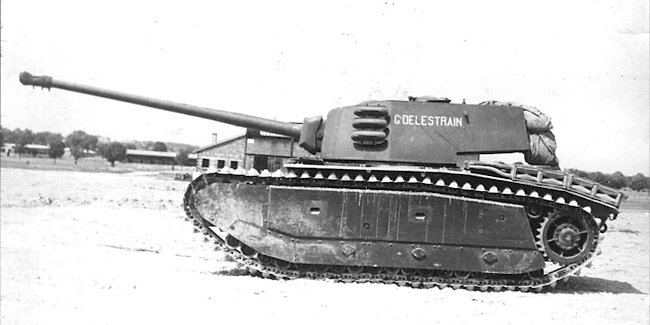
The ARL-44, first postwar French tank, conceived during the occupation by a clandestine team. Only a few were built, kept in service for ten years or so.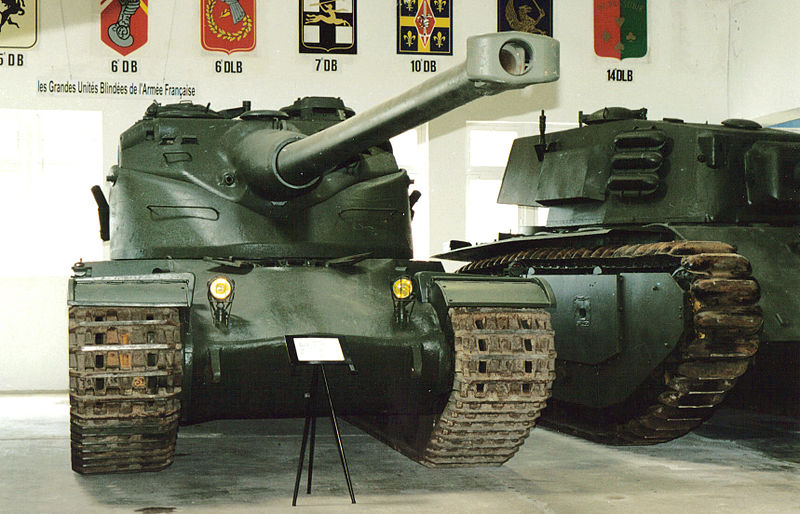
AMX-50/120, front view. The medium AMX-40/100 and the following 50/120 heavy tanks were never adopted for production.
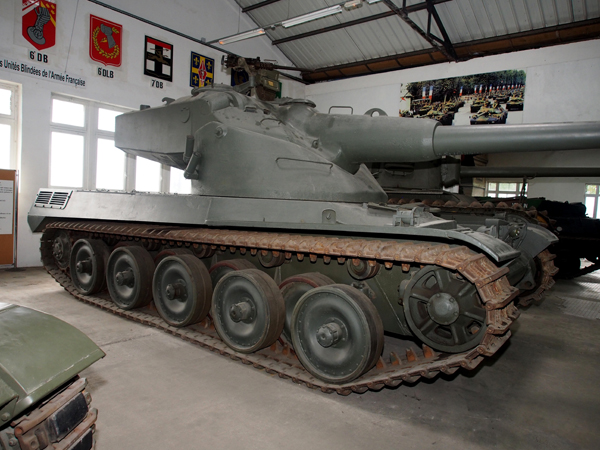
AMX-50/120 side view revealing the interleaved roadwheels. Early French designs were well-influenced by the German Panther.

The ELC AMX (Engin Leger de Combat) light tank prototype (1956) for airborne operations. It had a potent 90 mm main gun but was never produced.
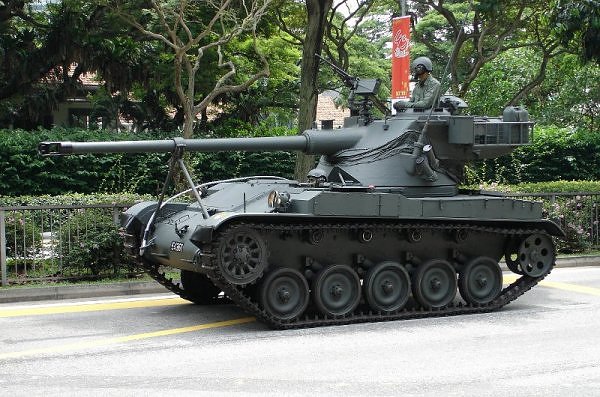
The AMX-13 (1952) was the proverbial French light tank of the coldwar era. It was produced to more than 7700 vehicles, exported all around the world and featured both an autoloader and a 75 mm FL-11 gun later upgraded to 90 mm and then 105 mm in the 1960s. Many also featured a bank of four SS-11 ATGMs in addition.
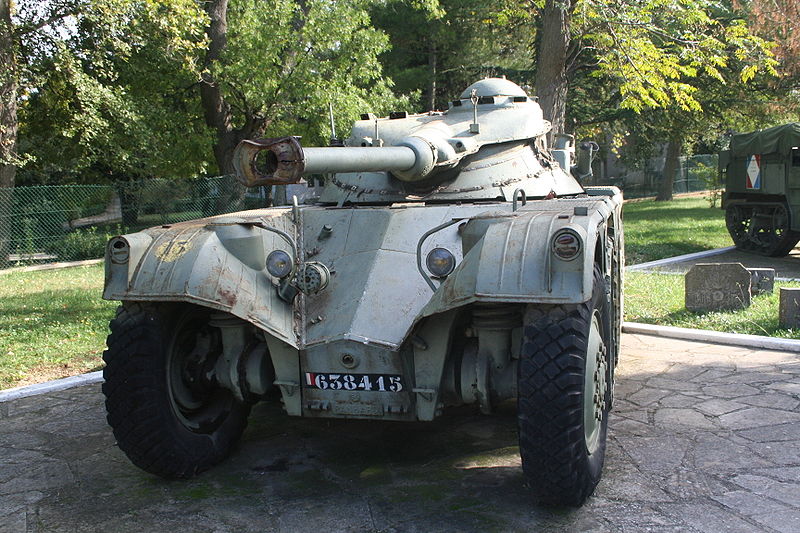
Panhard EBR (1951). This heavy armoured car was a concentrate of innovations, with a 4×4/8×8 configuration, an oscillating turret and an autoloader.
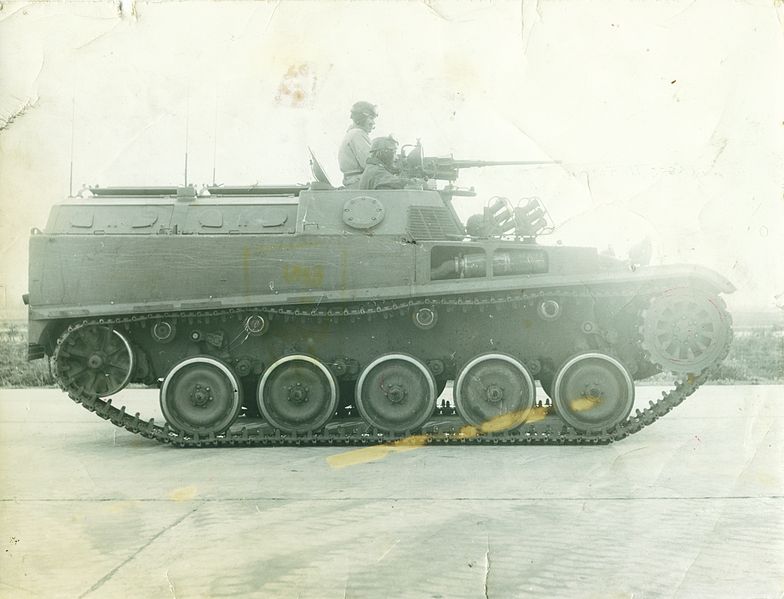
First French APC, the AMX-VCI/VTT (1957) was derived from the AMX-13 chassis and declined in many versions. It produced to 3300 vehicles and was also well exported.
Panhard AML-60. This vehicle was developed as a French version of the British Ferret, especially to bring mortar support in the mountainous terrain of Algeria.

The Panhard AML-90 was a rearmed version of the latter with a 90 mm main gun. The AML production was over 4000 vehicles, well exported mostly in Africa.
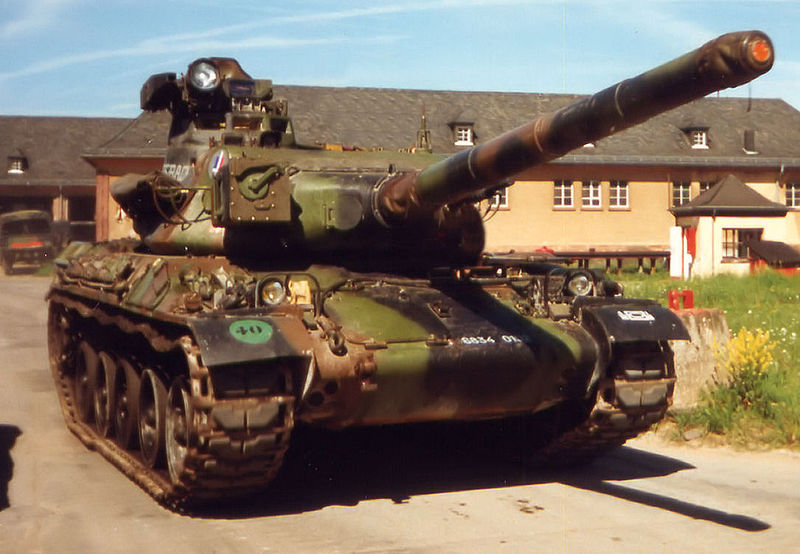
The AMX-30 (here a B2) was France\’s Main Battle Tank from 1965 to the arrival of the Leclerc in the 1990s. More than 3500 were built and it was also exported to many other countries and built under licence by Spain. There is still 17B2s kept for training today, and some derivatives like the ARV are still partly in service.
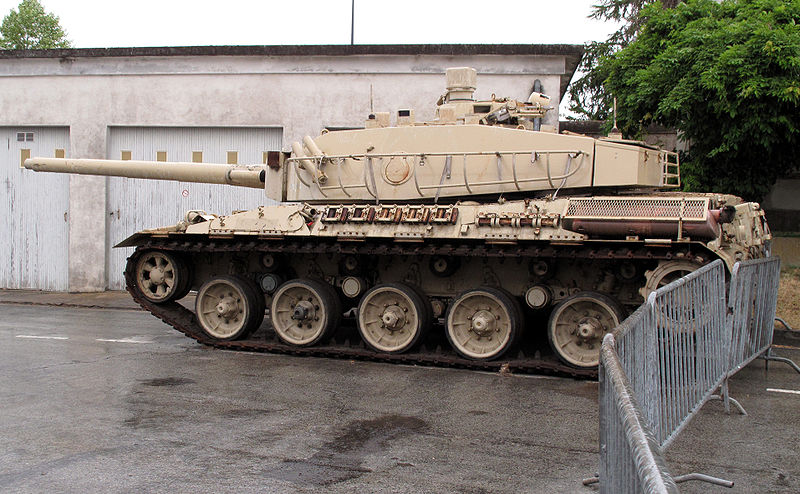
The AMX-32 (1979). Aimed for export with advanced electronics (B2) and spaced protection but never ordered.
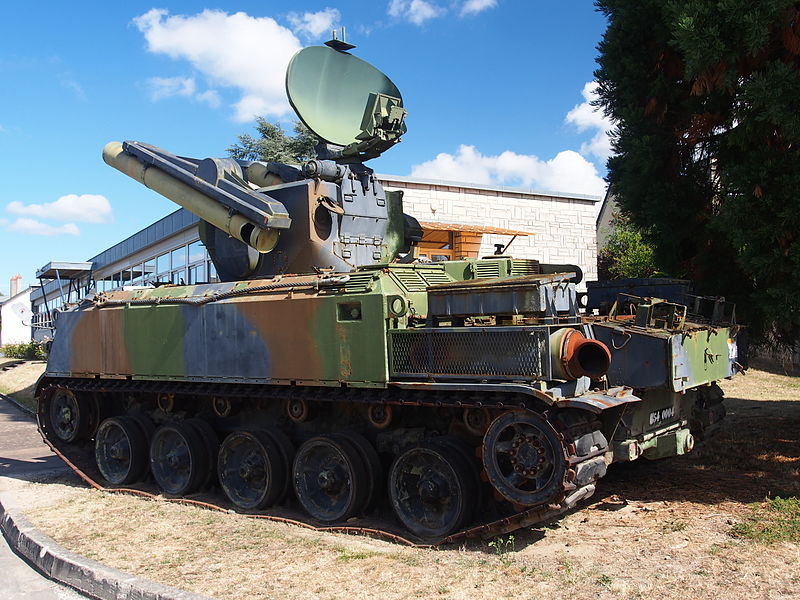
Roland SPAAML (1977, 283 vehicles) standard French SAM vehicle based on the AMX-30 chassis. No longer in service.
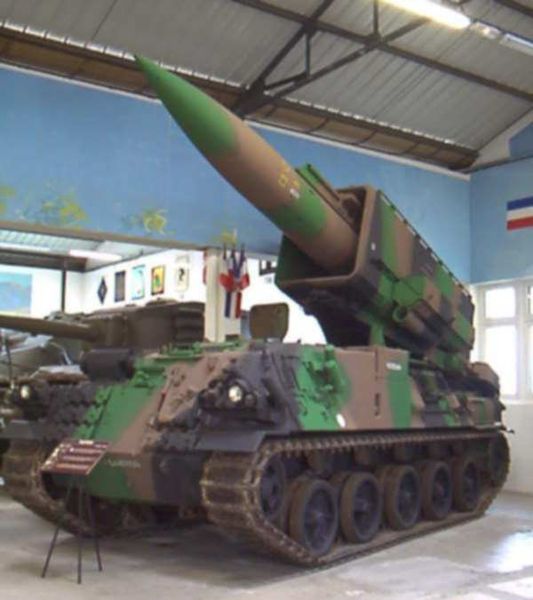
The Pluton Tactical Missile Erector (TME) of 1981 was a tactical nuclear launcher (120 kt), no longer in service. 100 were built.
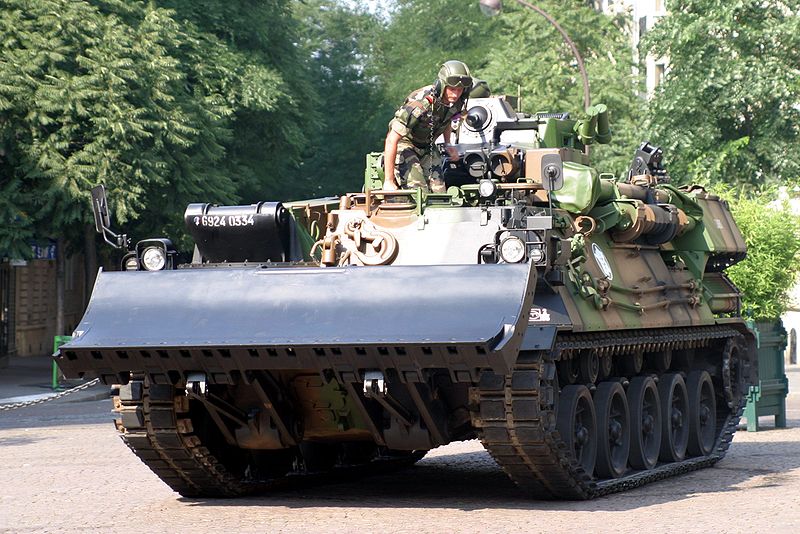
AMX-30D Armoured Recovery Vehicle. Also Engin Blindé du Génie engineering and mine clearer vehicle. Both vehicles are in service today (58 and 42 respectively).
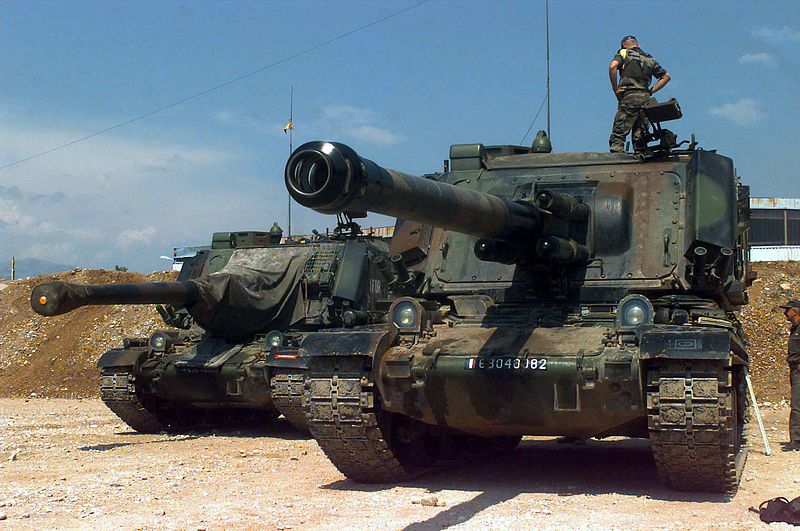
AuF1 GCT 155 mm Self-propelled howitzer (1979 – 190 vehicles), based on the AMX-30 chassis. Still in service with France and Saudi Arabia.

The Panhard M3 was a variant built as an amphibious wheeled APC, based on the AML chassis (1971). 1200 were produced and exported.
The AMX-10P (1971) was to replace the VCI, as the main tracked IFV of the French Army. It was armed with a 20 mm autocannon and was built to 1810 vehicles until 1994. 108 were upgraded in 2008 and other upgrades are taking place. Outside France, Saudi Arabia purchased 400 AMX-10Ps, and seven other countries. 311 in service in France today.
The VAB (Vehicule Blindé de l’Avant) is the standard 4×4 APC of the French Army. In service by 1976, 5000+ vehicles were built and there are 35 variants, like the Mephisto ATGM (here). The French Army held 3900 in service, and this vehicle is also in service with 18 countries and inspired both the Chinese Wz551 and American M1117 among others.
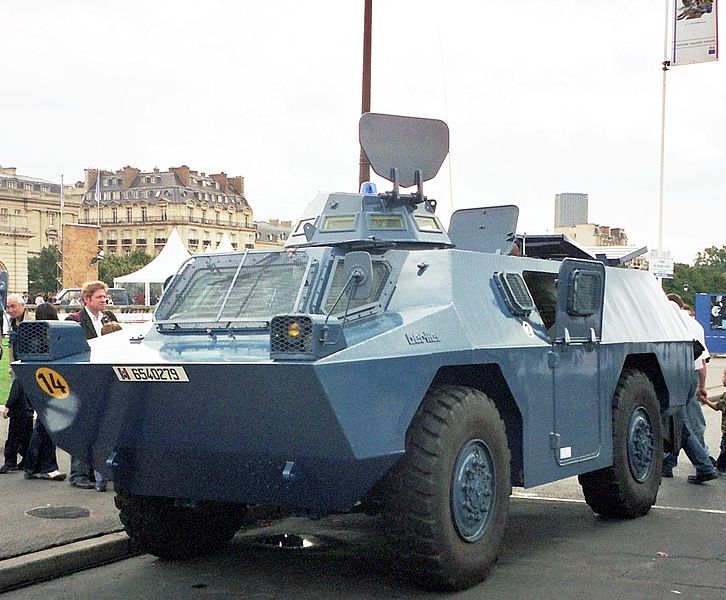
The Berliet (now Renault Trucks) VXB-170 (1973) or VBRG (Véhicule Blindé à Roue de la Gendarmerie, 200+ vehicles) is the standard Gendarmerie and internal security APC, also in service with four other countries
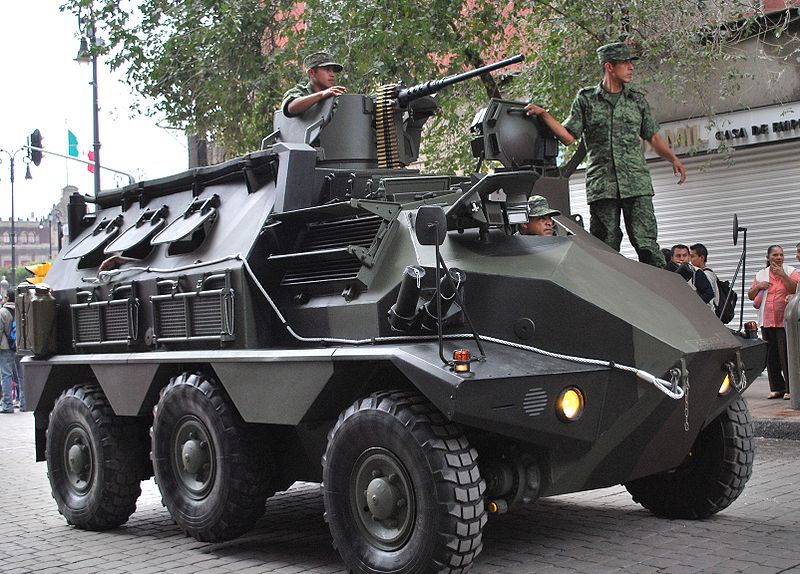
Following the M3, the Panhard VCR (1978) was a private venture aimed as the export market and especially for Iraq, a roomier 4×4 or 6×6 amphibious APC declined into four variants and also purchased by four other countries.
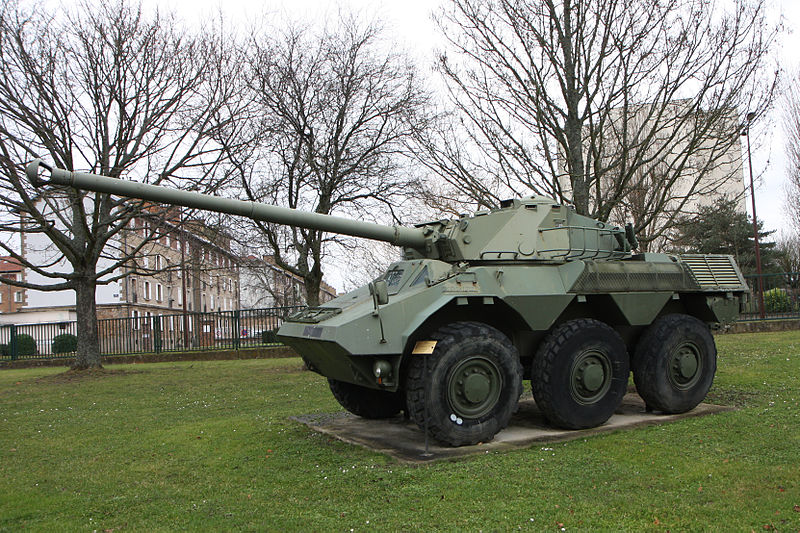
The VBC 90 was another private venture by Panhard for export, as an intended successor for the AML-90. A 6×6 with a long barrel 90 mm gun, and advanced FCS, rangefinder, and electronics it was only purchased by the French Gendarmerie and Oman.
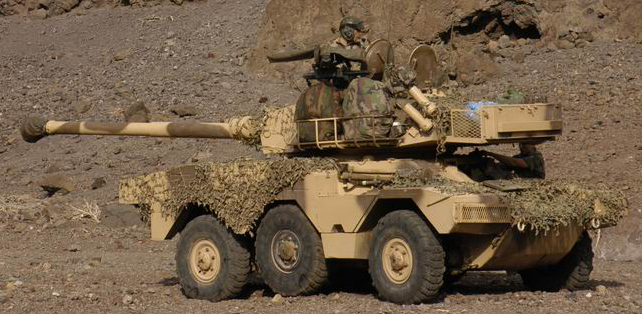
The 6×6 ERC 90 Sagaie (“Assegai”) of 1979 is partly based on the VBC 90, amphibious and NBC proof. It was roomier and faster and was produced to around 300 vehicles, the bulk being absorbed by the French Army (110), and seven other countries. The ERC F1 90 Lynx (1977) is a lighter recce version.
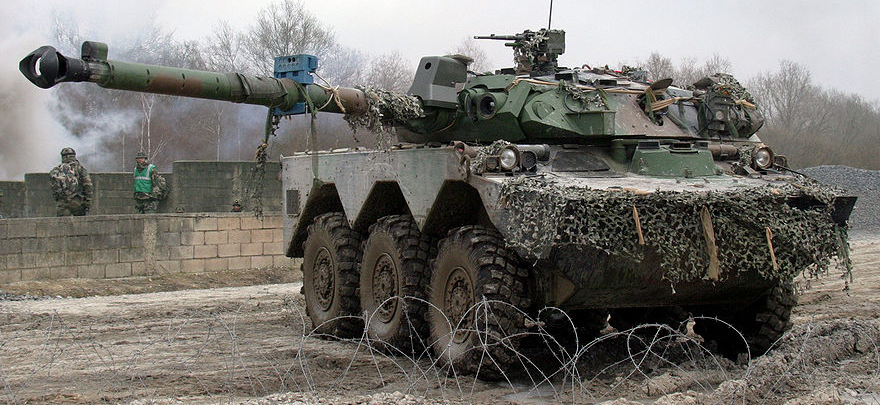
AMX-10 RC (1981)- 300 built, also for Morocco and Qatar. This 105 mm armed armoured car features fire-on-the-move capabilities, advanced FCS, NBC protection, amphibious, with an hydro-pneumatic suspension system.
Illustrations
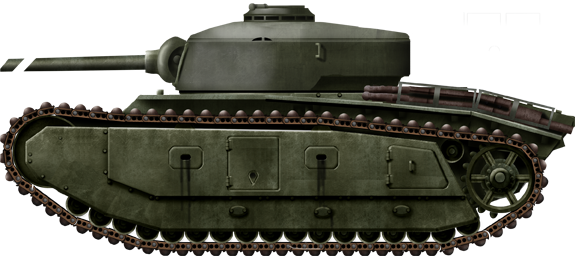
ARL-44 prototype with the provisional ACL-1 turret and a US-built M4A1 76 mm main gun, on trials, march-april 1946
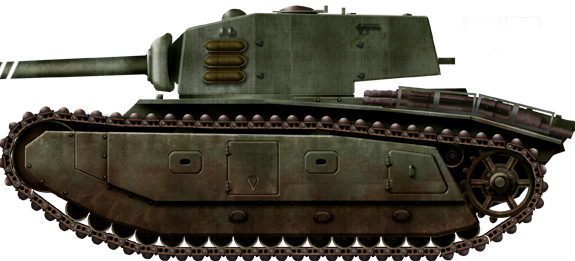
ARL-44 without mudguards, Moumelon-Le-Grand army base, 1951.
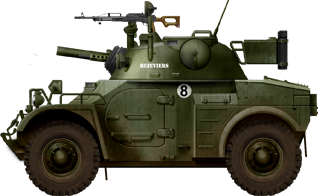
Panhard AML-60 of the first production in Algeria, 1961.
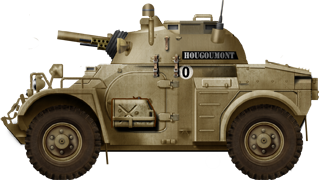
French Panhard AML-60 in service in the Sahara, 1962.
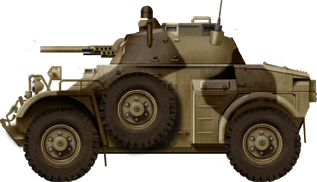
Spanish AML-60, 1970s
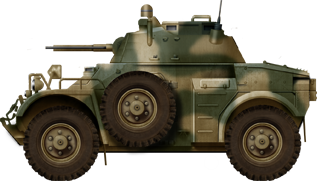
Panhard AML-60, with a coaxial 20 mm autocannon.
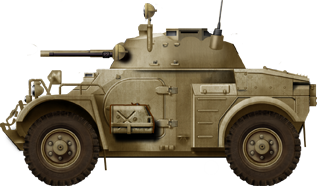
Portuguese AML-60-12 in Angola (coaxial heavy 12.7 mm machine gun)
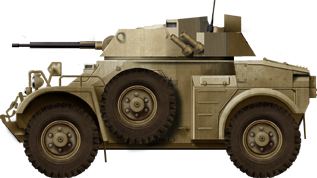
Portuguese AML 60-20 in Angola, 1968.
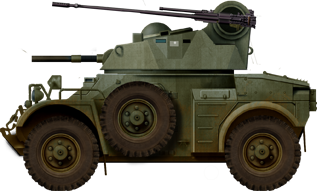
French AML-60-20 with CNMP turret, for the export market.
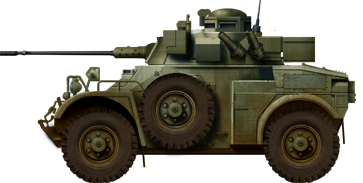
Irish AML-20 in the 1980s
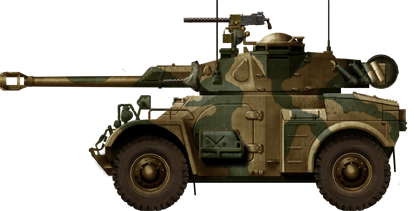
South African Eland 90, a licence-built AML 90, South Rhodesia, 1970s.
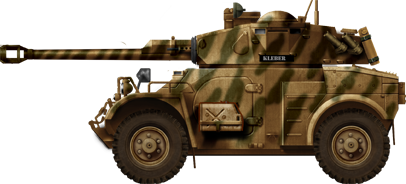
French Panhard AML-90 in Djibouti, 1980s
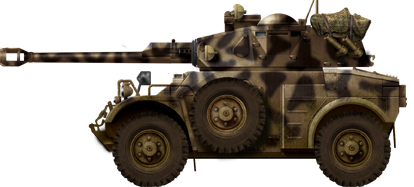
Moroccan AML 90, 1990s
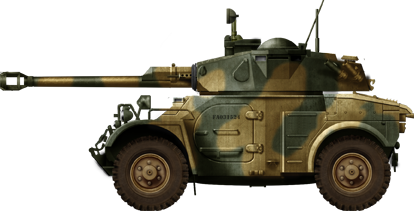
Argentinian AML 90, Escuadron de Exploracion Caballeria Blindada 181, Port Stanley, Falklands, 1982.
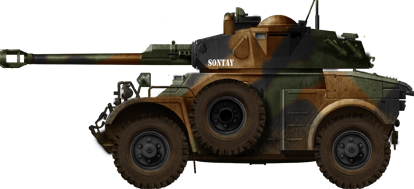
French Panhard AML 90 Lynx (with passive night vision equipment and laser telemetry system), 1990s.
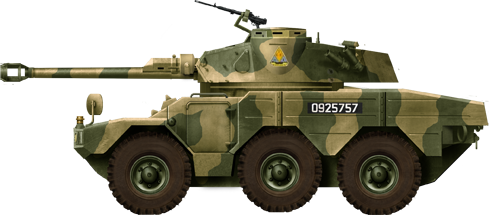
Mexican ERC-90 Lynx, 1st armored brigade 1990
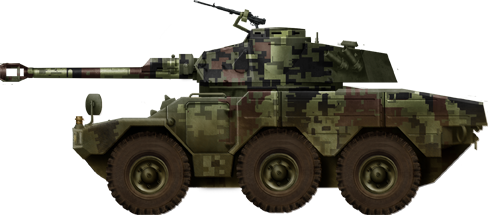
Mexican ERC 90 Lynx. The biggest user outside France with 120 vehicles, used in the Zapatista insurrection (from 1994).
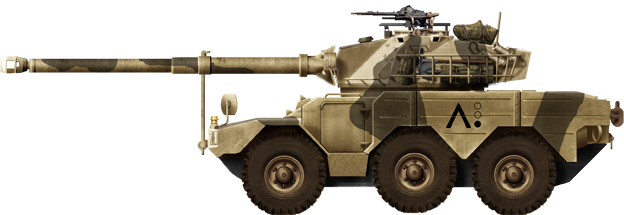
French Sagaie as deployed in Iraq, Operation Daguet. Due to its light weight, air-transportability, the vehicle is equipping the Fast Deployment Force (FDF). Its main drawbacks, however, resides in a weak protection and low power-to-weight ratio.
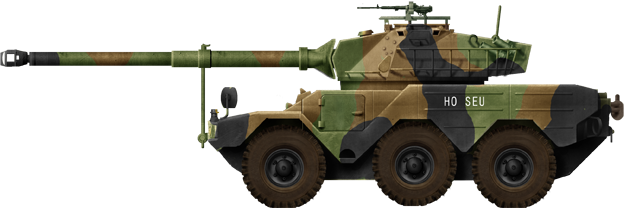
French “valo” (upgraded) ERC-90 with its NATO color scheme camouflage as of today. These vehicles are scheduled to be replaced by the new Sphinx wheeled vehicle from 2018 onwards.
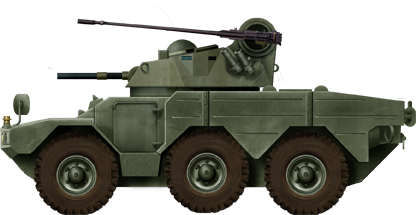
Panhard ERC-60-20 (mortar carrier/20 mm autocannon variant)
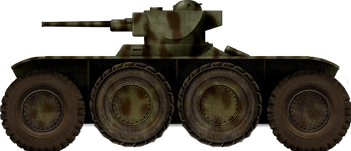
Panhard 201 in 1940. This was the true forerunner of the EBR, testing one of the first oscillating turret ever built.
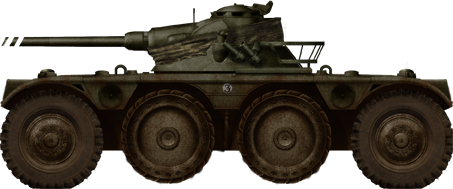
Panhard EBR-75 FL-10 of the first serie, in 1951.
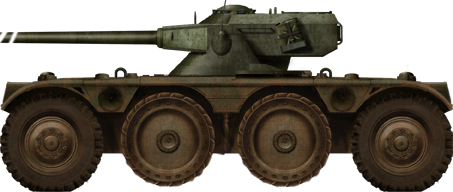
Panhard FL-10 (sometimes EBR-10) of 1954, rearmed with the early AMX-12 turret.
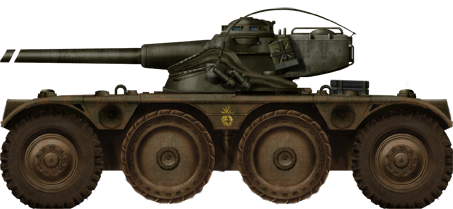
EBR-11 of 1954 testing the AMX-13 75 mm turret.
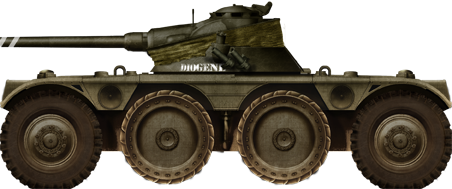
EBR-75 FL-11 (second serie) in Algeria, 1st REC (Légion Etrangère, foreign regiment of cavalry), 1957.
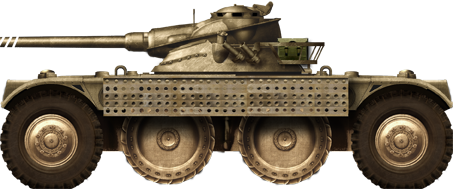
EBR-11 from the Légion-Etrangère in the Sahara desert, 1961.
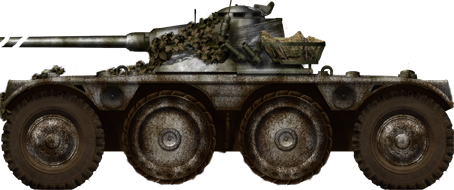
EBR-11 in winter camouflage, Northeastern France, 1964.
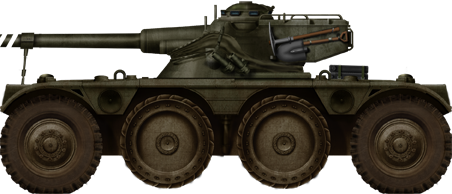
EBR-12 of FL-12 of the 1963 serie with a 90 mm gun, in 1965. Non converted vehicles were decommissionned.
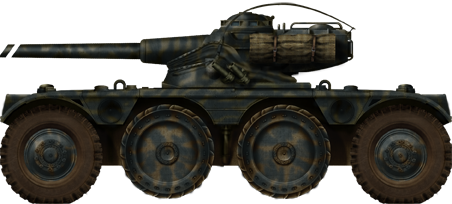
Portuguese EBR-75 during the war in Angola, the Dragoes de Angola.
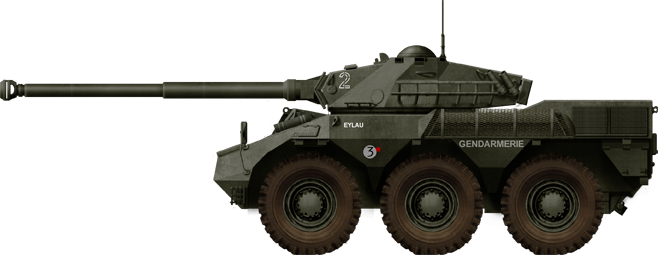
VBC-90 of the French Gendarmerie.
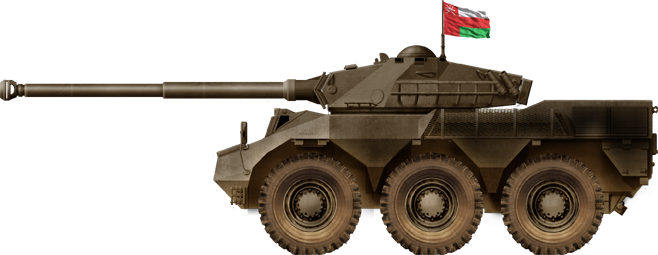
Omani VBC-90. Six are in service with the SOPTAC 11 fire-control system incorporating a laser range-finder.
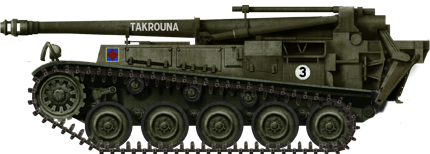
1st Marine artillery regiment, 1st armoured division, Melun, France, 1972
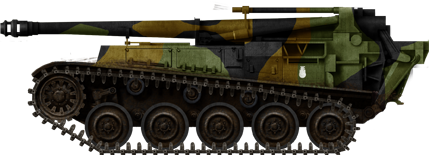
French 1st company, 24th rgt. artillery, Hammelburg (West Germany) 1986
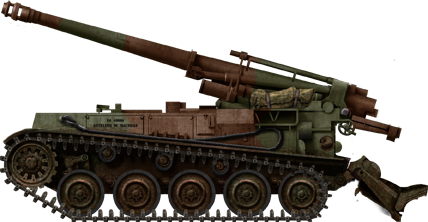
Unidentified unit of the Ejército Argentino, 1980s.
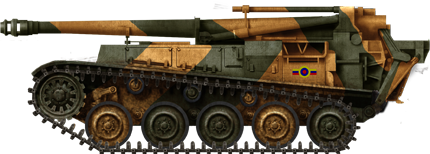
4th Venezuelian armoured division, 415th self propelled arti group, maracay, 2007.
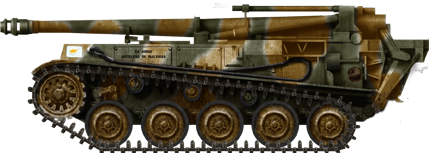
20th Cypriot armoured brigade, Nicosia october 2008.
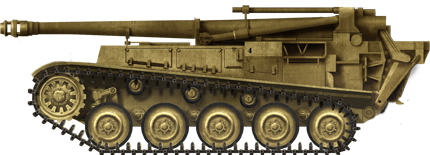
AMX F3 155 mm in Saudi or Qatari desert tan livery, 1980s.
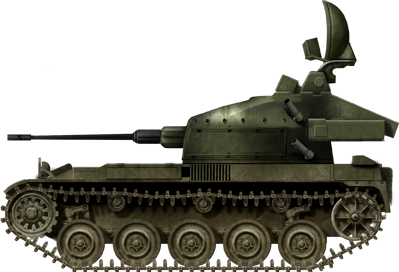
Early AMX-13 DCA with the standard olive green livery, 1970s.
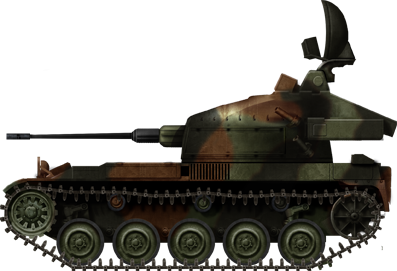
Late AMX-13 DCA with NATO livery, 1980s.
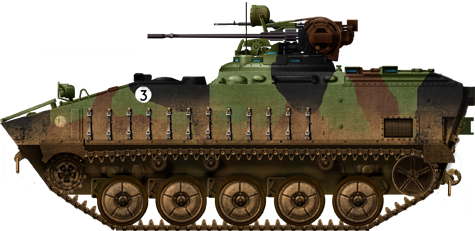
Basic AMX-10P Infantry Fighting Vehicle as used by the french Army for three decades.

Model used by UN French troops in Bosnia (about 18 were passed onto the Bosnian Army)
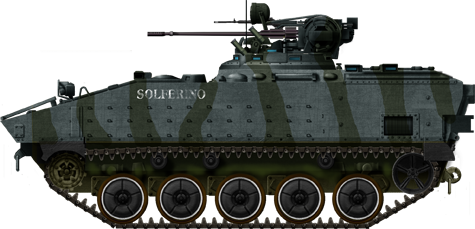
FORAD (FORce ADverse) “opposite force” training model, 2000s
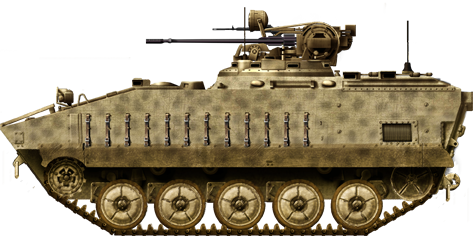
United Arab Emirates Army model
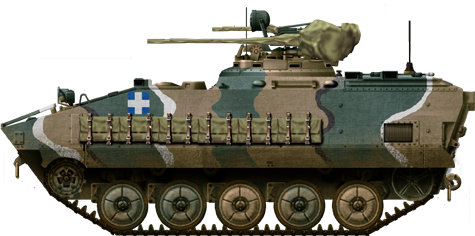
Greek model
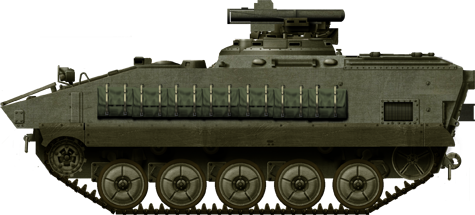
The ATGM HOT tank destroyer version
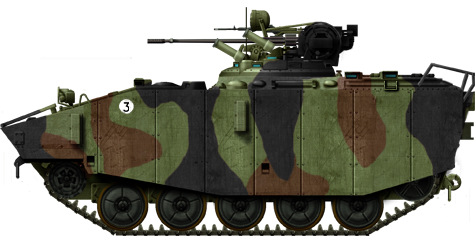
Modernized AMX-10P, up-armoured version 2000s.
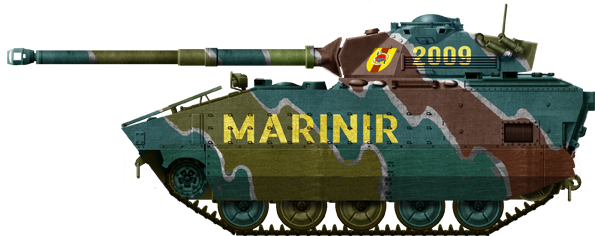
Indonesian AMX-10P PAC-90 Marinir
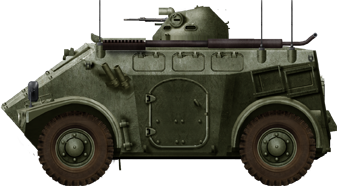
Standard M3 VTT type light Armoured personal Carrier, 1972.
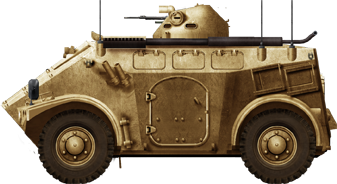
Typical North African M3-VTT in desert tan livery, 1980s.
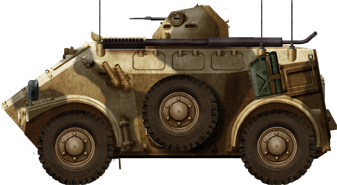
M3 VTT preserved at the Military Vehicle Technology Foundation, Portola Valley, California.
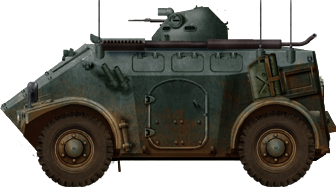
Irish M3 VTT in the 1980s with the standard TL.2.1.80 turret.
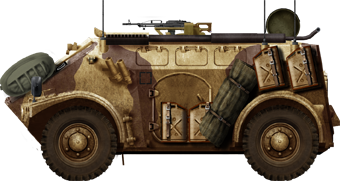
Iraqi M3 VTT with a light SBT ring mount, Iran-Iraq war, 1980s.
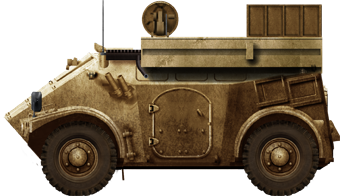
M3 VSB or radar with a RASIT battleground radar system.
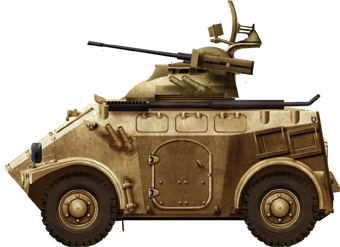
Saudi Arabian M3 VDA (AA version).
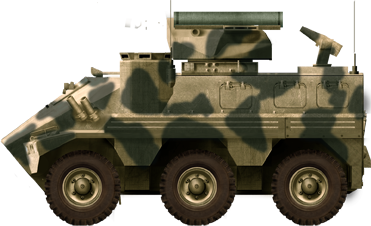
Iraqi VCR/TH HOT tank hunter, 1991 Gulf War.
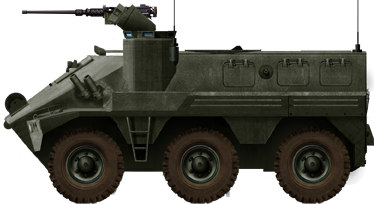
Mexican VCR TT, the basic APC version. Another version, showing a digital camouflage, is also in service.
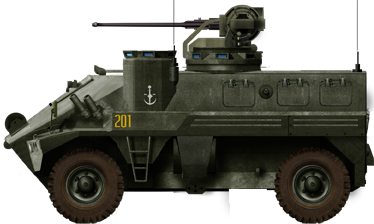
Argentine Marines VCR TT Hydrojet amphibious APC
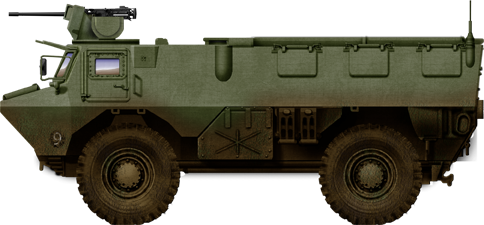
VAB 4×4 VTT standard armoured personal carrier with cal.50, late 1970s
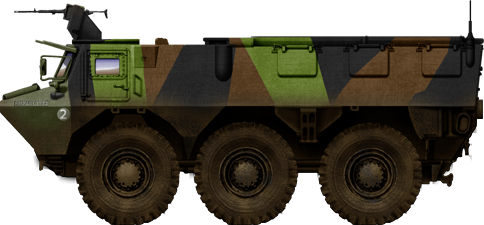
Camouflaged VTT 6×6 with the AA52 light machine gun
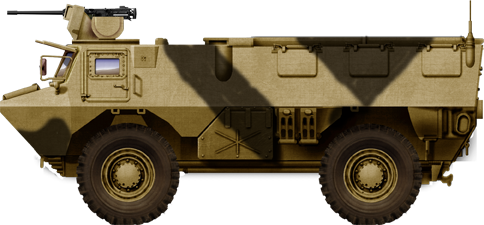
VAB VT 4×4 in Iraq, Operation Daguet, 1991
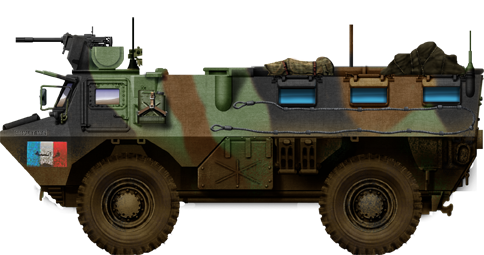
VAB VTT in Afghanistan -notice the grenade launcher
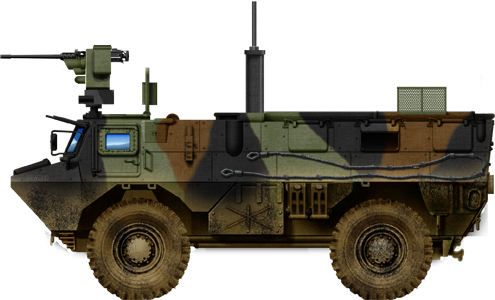
Modernized VAB TOP in Afghanistan
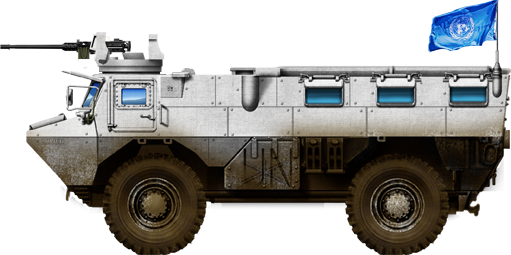
VAB, UN, Bosnia, 1990s
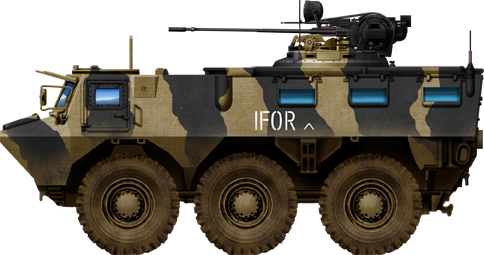
VAB VCI Toucan 20mm turret of the Moroccan Army
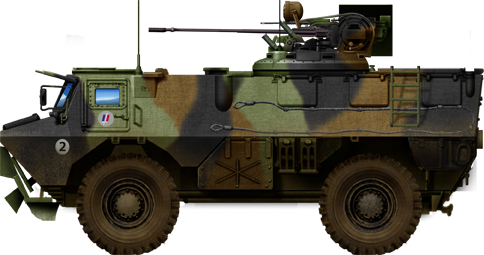
VAB VCI T20 in French service
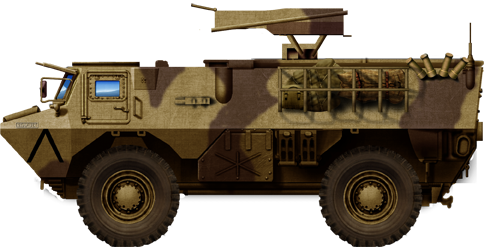
VAB Mephisto, Operation Daguet, Iraq, 1991
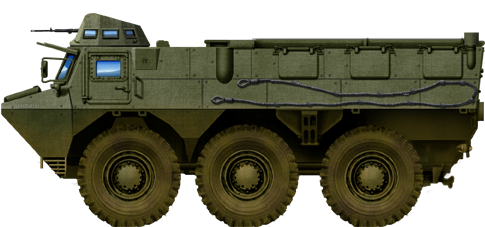
VAB Mortar Carrier
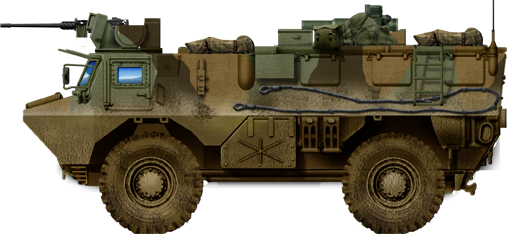
VAB genie
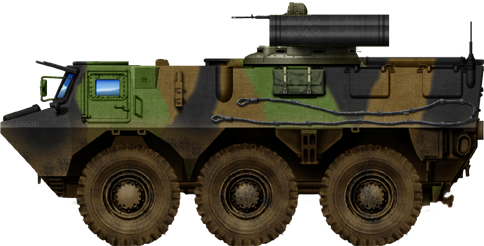
VAB VCAC
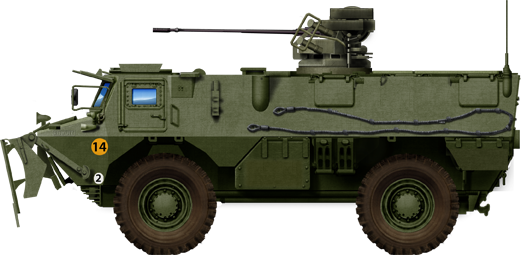
VBR of the air force, 25 regiment
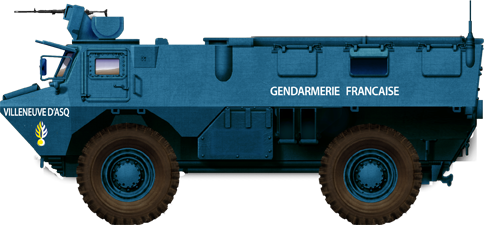
French Gendarmerie VBMR
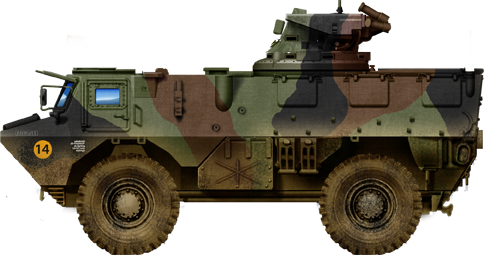
VAB VOA
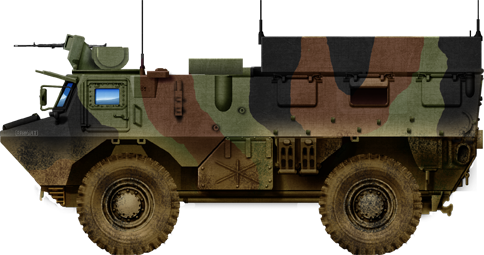
VAB ATLAS
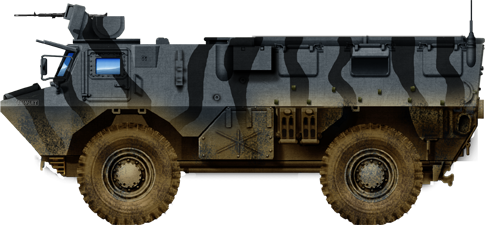
VAB Forad
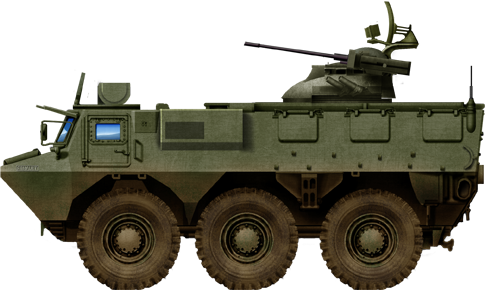
VAB VDAA TA20
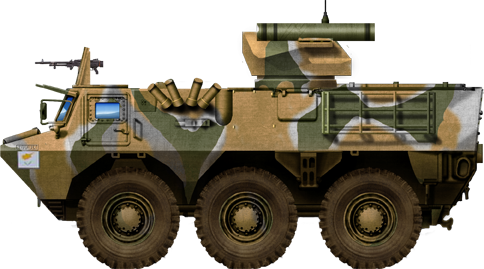
VAB UTM-800 in Cypriot service

The first version, with a 100 mm main gun and oscillating turret

The second, final version, equipped with the 120 mm.
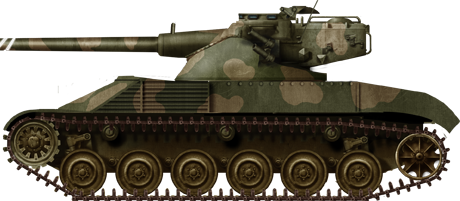
Illustration of the Batignolles-Chatillon Char 25T

The AMX-32 in 1982.

The AMX-40 in 1986.
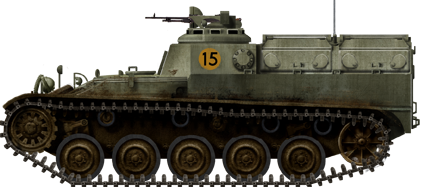
French AMX VTP, early, main type armed with a single light AA-52 7.5 mm machine gun, 1957.
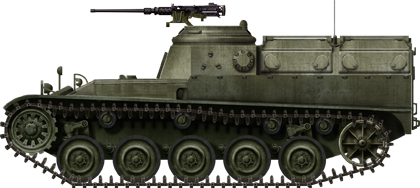
AMX VTT 12.7 HMG with an open cupola (modified) and the 12.7 mm heavy MG, used by France and the Netherlands (here).

French AMX VCI 12.7 HMG in exercizes at Camp de Sissone, 1987.
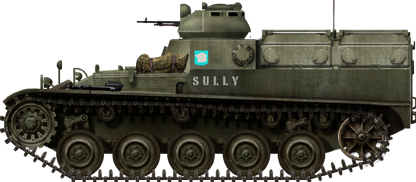
French AMX-VTT with the Tourelleau CAFL 38 (turret) armed with the AA-52 light MG, 1960s.
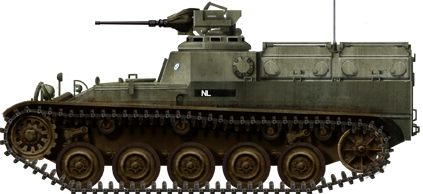
Netherland’s army VTT 12.7 HMG with the M56 heavy mount.
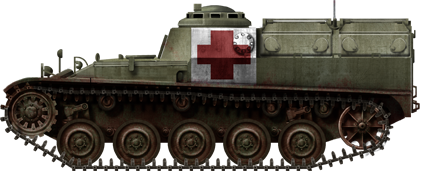
French AMX-VCTB for Vehicule Chenillé de Transport des Blessés, the Ambulance version.
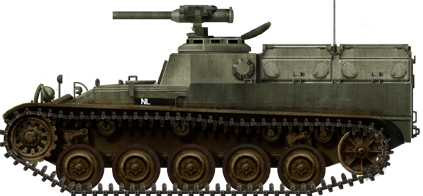
VTT TOW used only by the Netherlands.
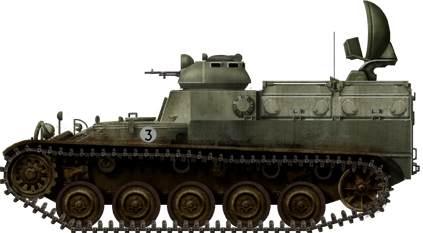
French AMX-13 RATAC, the ground surveillance radar vehicle, developed in the late 1960s.
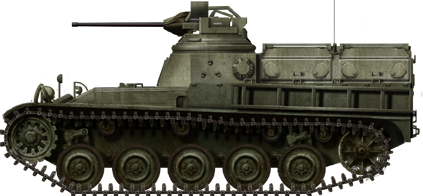
French AMX-VCI M56, 20 mm autocannon version.
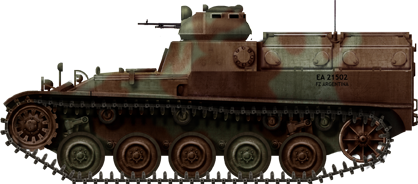
Argentinian AMX-13 VCPC.
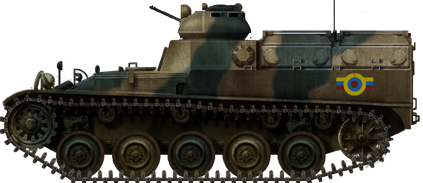
Venezuelian VCI model 1987
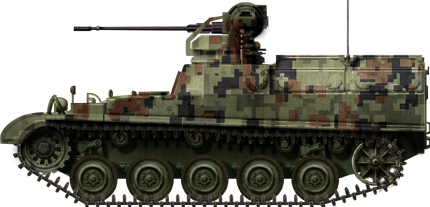
Mexican DNC-1, a modernized version with SEDENA 20 mm autocannon, add-on armor and other imporovements, as of 2013.
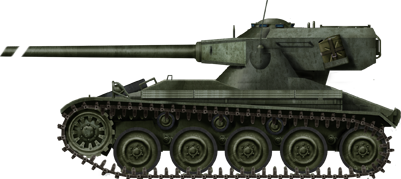
AMX-12T, a prototype forerunner of the AMX-13.
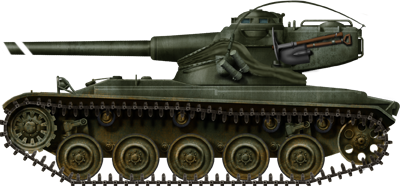
AMX-13/75 Modèle 52, High Definition illustration.
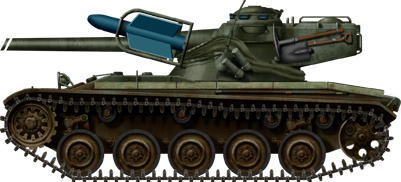
AMX-13 T75 fitted with four SS.11 ATGM launchers.
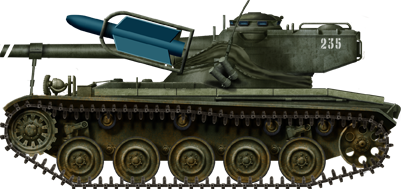
AMX-13/90 SS11, 1968.
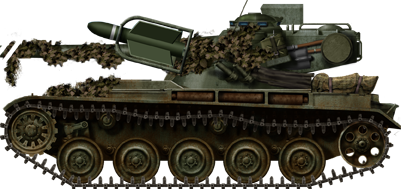
AMX-13 T75/TCA (electronic guidance system for the missiles) in 1969.
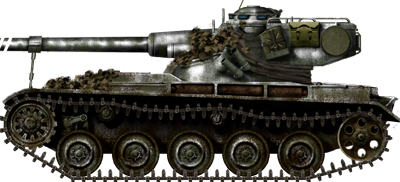
AMX-13/90 Modèle 52, FL-10 turret refitted with the F3 90 mm (3.54 in) gun, 1955.
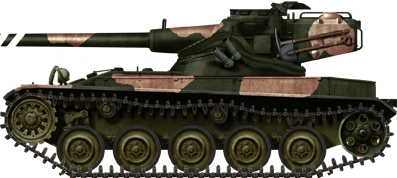
Former indian army AMX-13/75 captured by Pakistani forces during the Indo-Pakistani war of 1965.
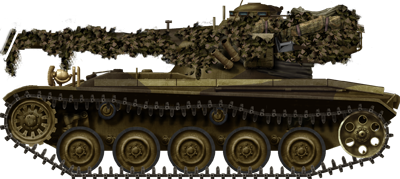
Camoufaged French AMX-13/90 with thermal sleeves operating in Africa, 1970s.
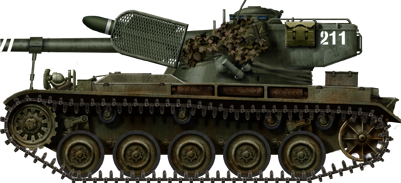
AMX-13/90 Modèle 65, with SS.11 ATGM launchers.
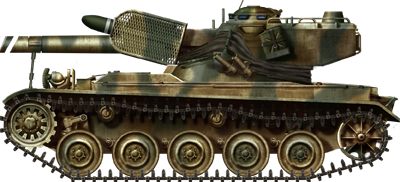
AMX-13/90 LRF (equipped with a laser rangefinder), Djibouti, 1980s.
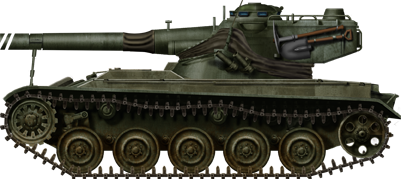
AMX-13/90 with thermal sleeve, 1980.
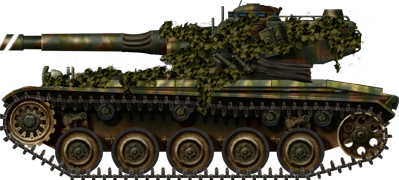
AMX-13/90 wih thermal sleeves, fully camouflaged.
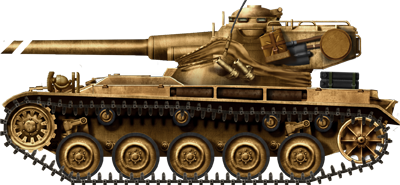
AMX-13 FL-12 Mle 58, the original 105 mm (4.13 in) version, here stationed in Africa.
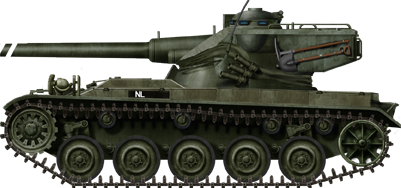
Dutch AMX-13/105, “B16” from the 103rd reconnaissance batallion (Cavalerie Verkenningseskadron), 1985.
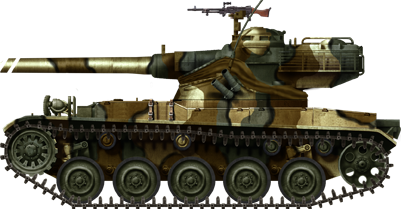
AMX-13/105 of the Indonesian army.
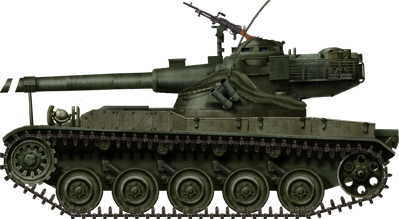
AMX-13/75 SM-1 (Singapore Modernized 1).
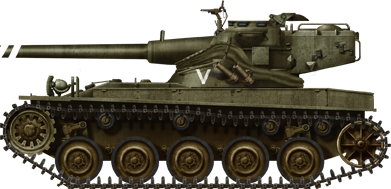
AMX-13/75 of the IDF, 1967\’s Six-Day War.
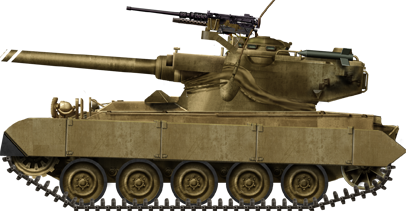
Giat Industries\’ modernized AMX-13, 1987 version, with thermal sleeve 105 mm (4.13 in), improved suspension, laser rangefinder, improved optics and targeting system, new engine and transmission, revised storage, mud guards, side skirts, cal.30 (7.62 mm) and cal.50 (12.7 mm) machine-guns plus four AT missiles.

AMX-VCI (VTT) armored personal carrier.
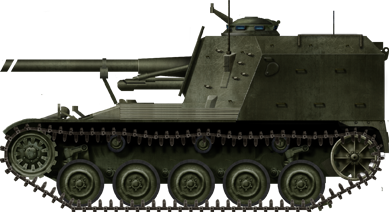
AMX-105A, Automoteur de 105 du AMX-13 en casemate or mle.50, early fixed casemate version, 1955. This version was also called AMX Mk.61 for export. The Mk.61 was the Dutch version. A second one (Mk.62 or AMX-105B) introduced a traversible turret in 1958.
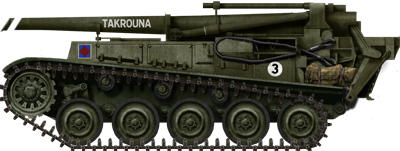
AMX-155 SPG canon de 155 mm (6.1 in) mle F3 automouvant, 1st Marine Artillery Regiment, 1st Armored Division, Melun, 1972.

AMX DCA bitube 30 mm (1.18 in) SPAAG, in its modernized version, 1980s.
AMX-30B
by Degit22
on Sketchfab

AMX-30A prototype, 1964.

Early production vehicle of the 501st RCC (tank regiment) in manoeuvers, 1966.

Modified AMX-30B of the 12th Cuirassier Regiment with side skirts in exercises, 1970s.

Camouflaged AMX-30B2 “Domjevin”, 1985.

AMX-30B2 with side skirts “Ivan le Fou”, 1990s.

French AMX-30B2 of the 4th Dragoons in the Iraqi desert (Division Daguet), Operation desert Storm, 1991.

AMX-30B2 “BRENUS” ERA 1995.

French FORAD (FORce ADverse) AMX-30B2 tactical training tanks in the 1990s. Outwardly they differ from regular B2 series by missing bustle storage and NBC bin, AANF1 LMG and mounting, fake smoke evacuator, disguised IR light, T-72 fake skirts, modified rear plate with 2 cans (often missing during exercises), fake snorkel, ammo crates of French 20 mm. The ground direct support phone was dismantled and supports of fuel feeders. Sometimes a wet feeder is mounted between the two cans. The grey livery was standard.

Spanish AMX-30EM2, 1990s.

AMX-30B of the Cypriot National Guard.

Chilean AMX-30B2, 1990s.

Venezuelian AMX-30V, 2000s. This version was completely re-engineered and the engine compartement and chassis were lenghened.
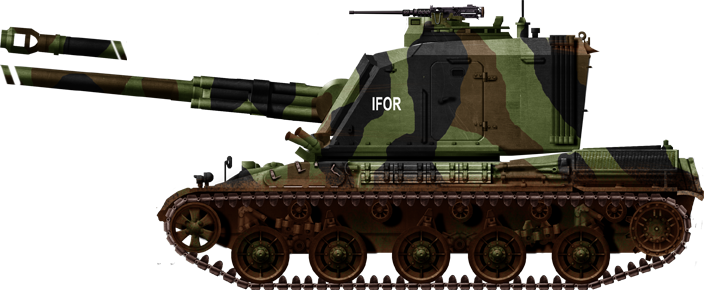
French canon automoteur de 155 mm GTC, 1980s.
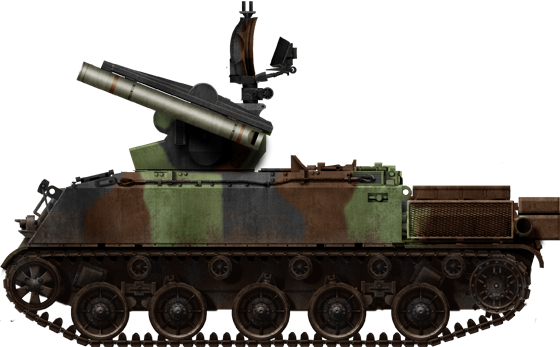
AMX Roland SAM
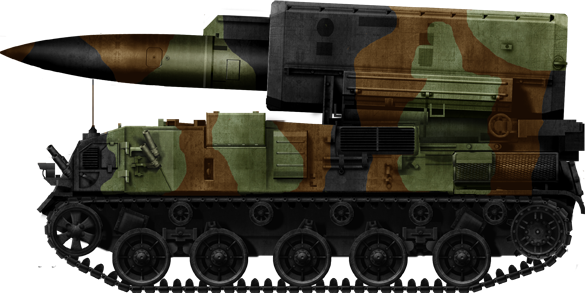
Pluton TME (Tactical Missile Erector) in 1985.
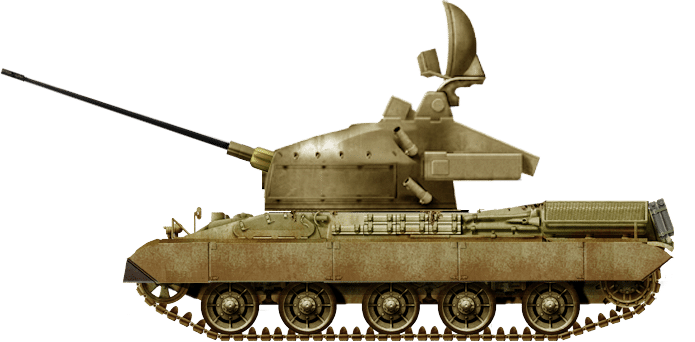
United Emirati Arab Army AMX-30SA SPAAG
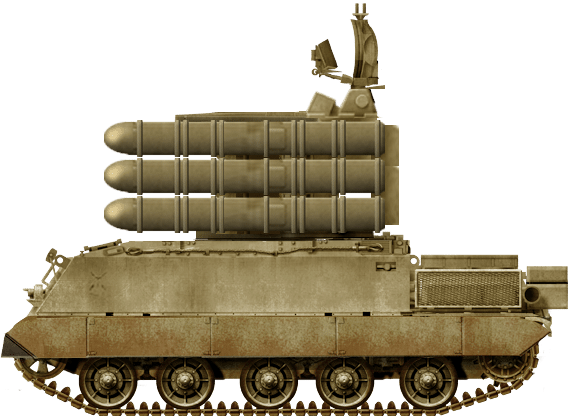
United Emirati Arab Army AMX-30 Shahine SPAAML

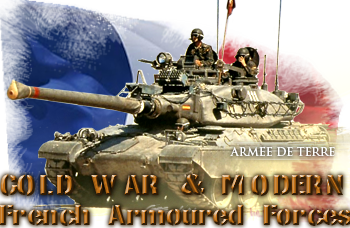


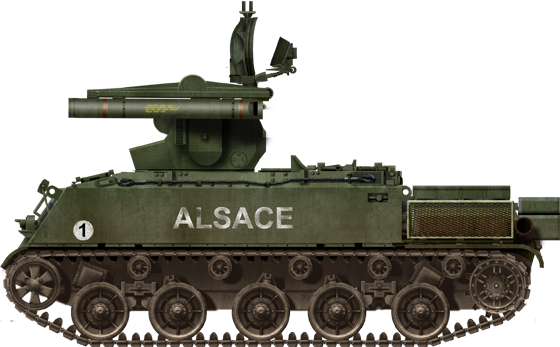

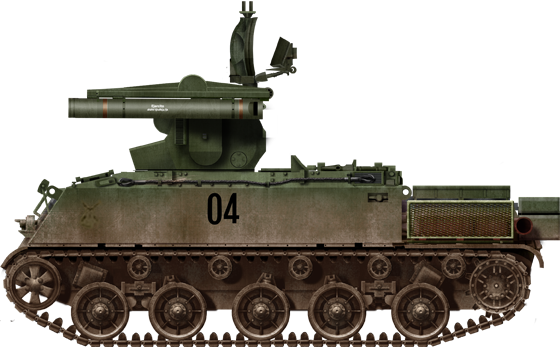
10 replies on “France (Cold War)”
why do most french tanks have to be all big and heavy. they actually made some of the best tanks when they came out with the AMX main battle tank series for example amx 30 and 32 ..both same chassis,but they have different equipment when it comes to combat. the amx30 has thick armour and a big 90mm gun ,and the amx32 has thick armour a 105mm gun.
amx30 engine : v10 turbo diesel
amx32 engine : v12 diesel
Not so !
https://en.wikipedia.org/wiki/ELC_project
can’t do smaller…
And the AMX-30 was righteously criticized to be lightly armoured as engineers in the late 1950s thought shells would always win anyway ( and had the standard NATO 105 mm BTW).
AMX 30s are my favorite tank but AMX 30s ( from multiple sources and my father’s eyewitness accounts) are regarded as the least protected MBT ever made AMX 30s were built for speed and mobility and were never supposed to have a high amount of armor. even then a rifle round in certain spots of the room can penetrate
(If anything is incorrect my bad translated from German to English)
The VXB-70 as used by the French Gendarmerie is actually called VBRG Véhicule Blindé à Roue de la Gendarmerie. It is still in service in limited numbers.
Thanks !
The entry was edited.
I would love to read more on the ELC-AMX. It is a fascinating little tank with a very odd bunch of features.
Hello Christian,
While the ELC programme is on our list, it is currently not being worked on.
However, you can help us write more articles and doing the ELC faster by donating on our Patreon campaign:
https://www.patreon.com/tankartfund
Hello, I found this resource a few days ago: 299 blueprints of French tank designs online. (mostly early cold war)
https://www.memoiredeshommes.sga.defense.gouv.fr/fr/arkotheque/navigation_facette/index.php?f=Blindes&mde_present=mosaique&debut=0
perhaps you already have this one, but I thought i’d drop a note just in case
Thanks very much inhapi. That’s great news to see army blueprints are at last accessible to public. The Navy messed around with theirs and it’s no longer the case.
you should add a thing that when you scroll over a name of a tank it should show the picture of it so you don’t have to go through every tank to find one that you forgot the name of.